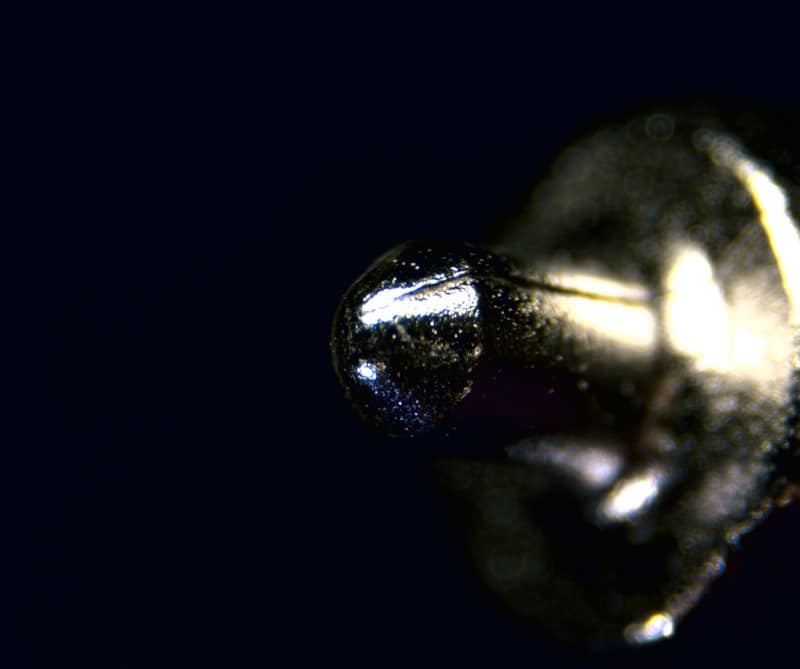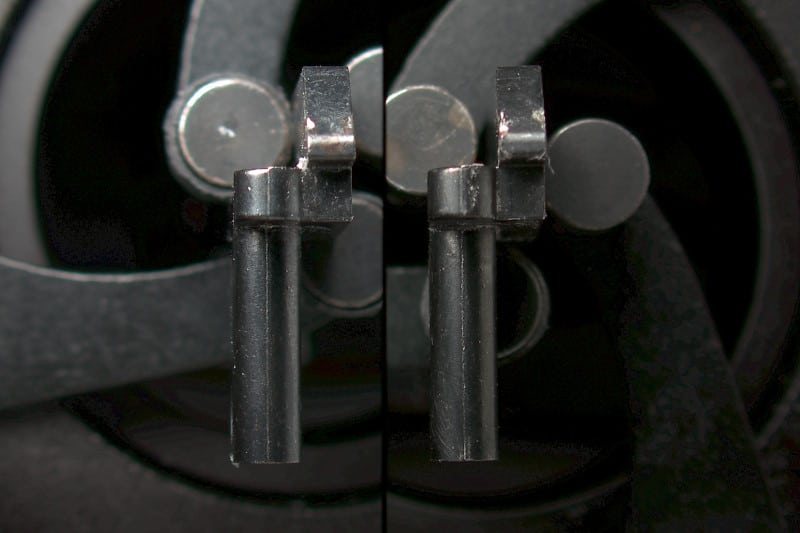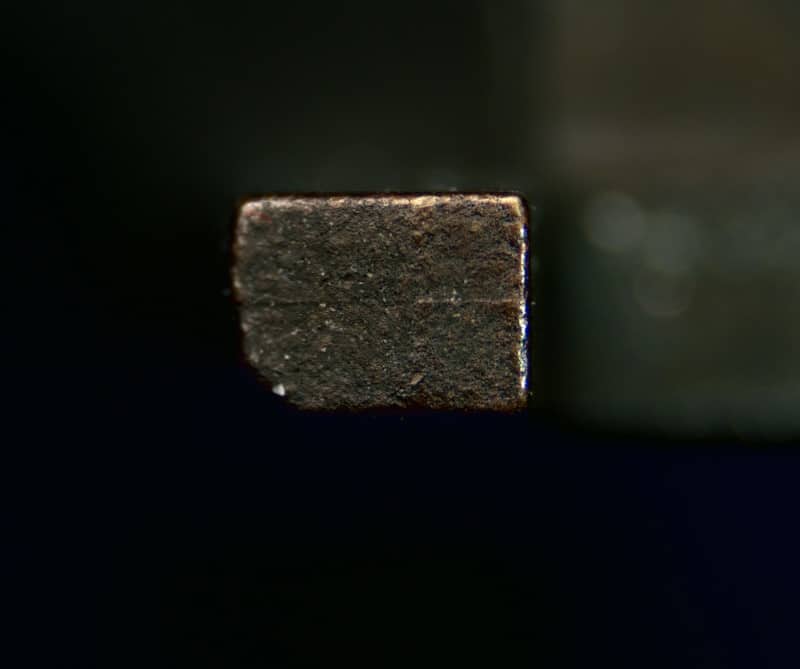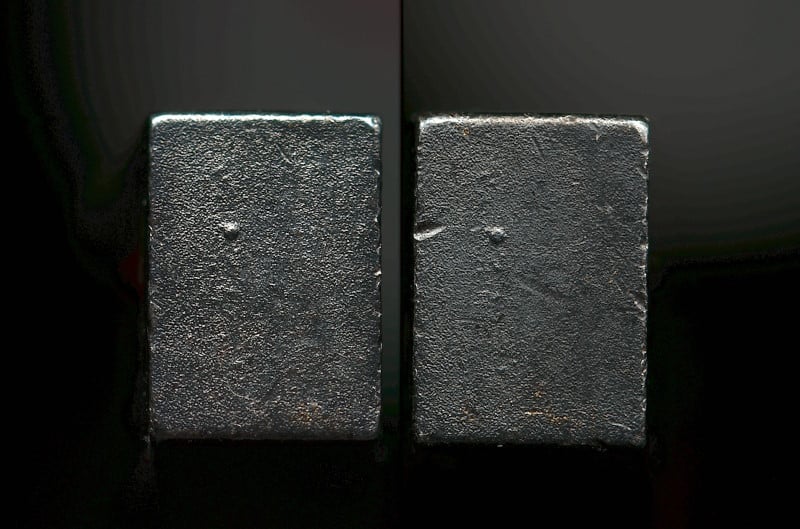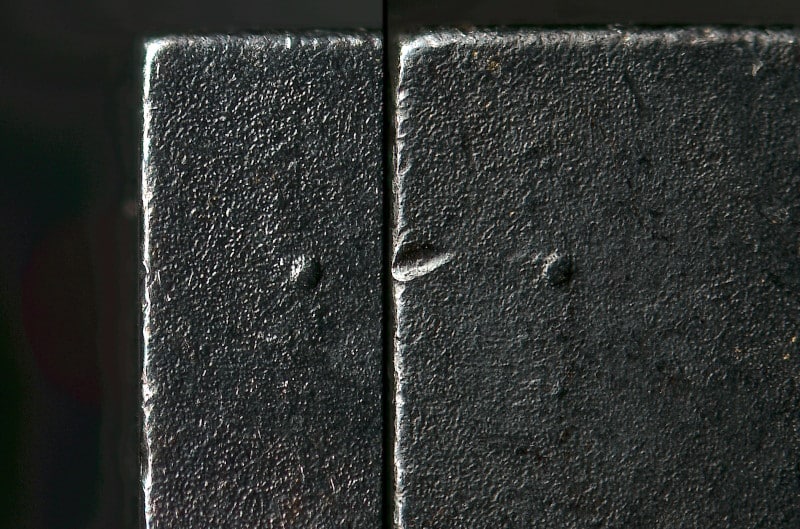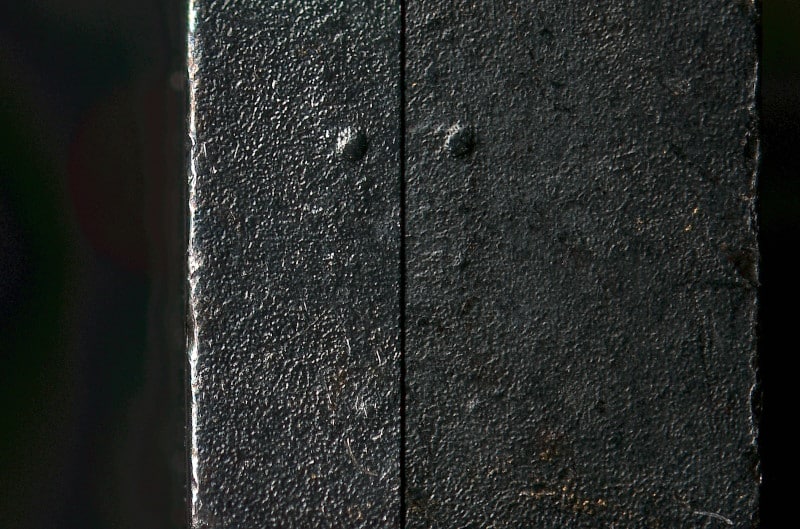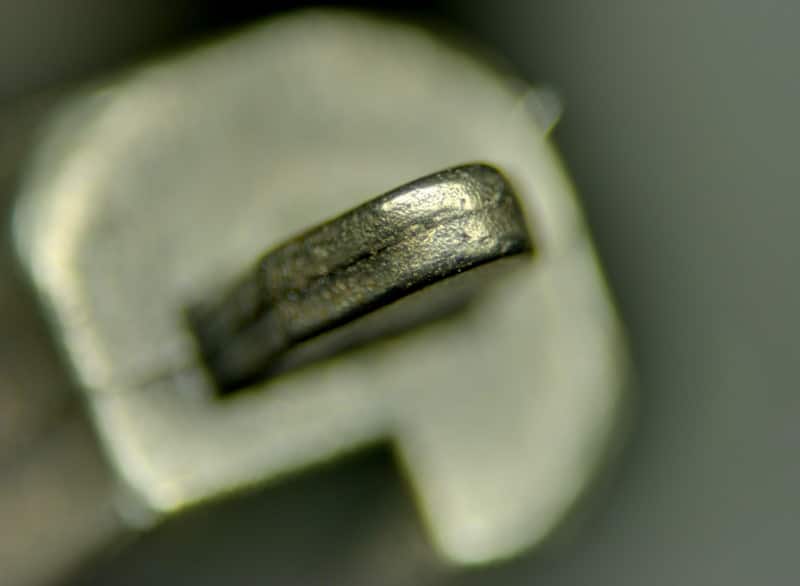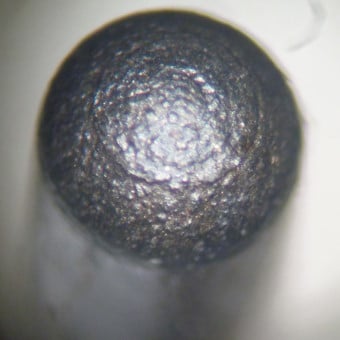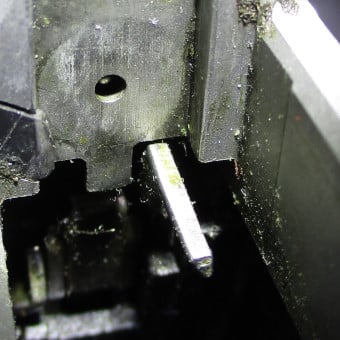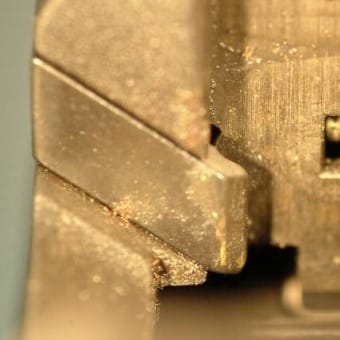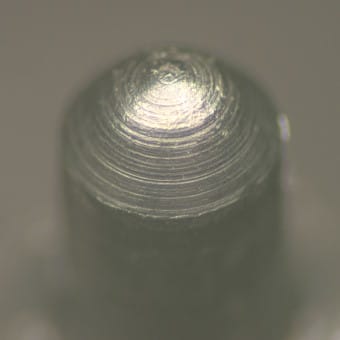- Subclass Characteristics on Firing Pins Manufactured by "Metal Injection Molding" - Review
- The Metal Injection Molding (MIM) Manufacturing Process - Review
- Metal Injection Molded Strikers and Extractors in a Smith & Wesson Model M&P Pistol - Review
- An Evaluation of the Individuality of the Two Types of Remington 870 Extractors – Metal Injection Molded vs. Milled - Review
- Metal Injection Molded Breech Face of a Taurus Revolver - Review
- Subclass Characteristics: From Origin to Evaluation - Review
Member's Area - Machining & Subclass -
Manufacturing Methods - MIM
← Back to Manufacturing Methods
Video
Images
Related Class Characteristics
Related Tools
Definition
Potential for Subclass Carryover
Metal Injection Molding – A manufacturing process which involves combining fine metal powders with plastic binders which allow metal to be injected into a mold using equipment similar to standard plastic injection molding machines. This is a process often used to manufacture small, complex, metal parts.
The potential for subclass carryover as a result of the metal injection molding process comes from defects in the mold itself and sometimes from the seam between the two molds (see photo). However, due to the nature of the MIM process, there are two primary sources of individual characteristics on the surface. The first is the restructuring of the metal, on the molecular level, of the parts themselves due to thermal debinding and sintering. These processes cause a resizing of the part which, in turn, will cause changes to the surface which are random in nature. Second, due to the typical irregular surfaces and sprues created from the mold, a finishing process is typically needed. This finishing process requires some removal of metal via sanding, blasting, tumbling, and chrome plating among other processes which in turn creates random imperfections and individual characteristics.

